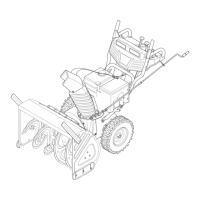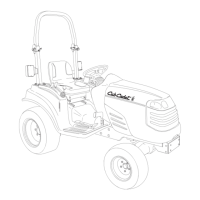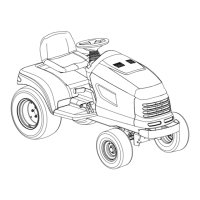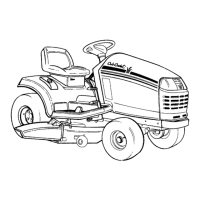ELECTRICAL SYSTEM
112
Types of circuits
There are three ways a circuit can be wired:
•Series
• Parallel
• Series/parallel
Series
• Series circuits are wired so that the current has
only one path to follow. If one component in the
system fails, the circuit will be broken and whole
system will not work. See Figure 7.28.
Parallel
• Parallel circuits are wired so that current has
multiple paths to follow. If a component in one of
the parallel paths fails, the rest of the circuit will
keep working. See Figure 7.29.
Series/parallel
• Series/parallel circuits have some sections wired
in series and some in parallel. See Figure 7.30.
What can go wrong?
There are three types of failures that can occur in an
electrical circuit:
1. Shorts
2. Opens
3. Increased resistance
Shorts
• A short is when electricity takes a path that it
was not designed to take by-passing a compo-
nent in the circuit.
• An common example of a short is a wire with
insulation that chafed through, exposing the cop-
per conductor. The bare copper will short the cir-
cuit when it touches a ground source.
Opens
• An open is when current can not complete its
path back to the power source.
• A common example of this is a burned-out lamp
(light bulb) in a series circuit.
Figure 7.28
Switch
Battery
Lamp
Figure 7.29
Battery
Lamp
Lamp
Lamp
Figure 7.30
Battery
Lamp Switch
Lamp
Lamp
Lamp

